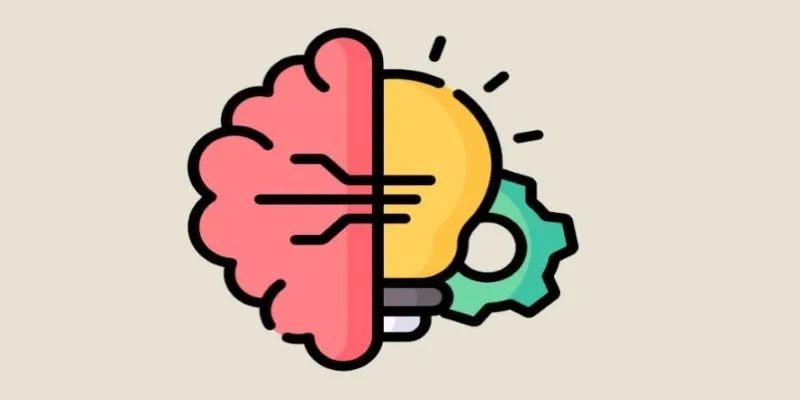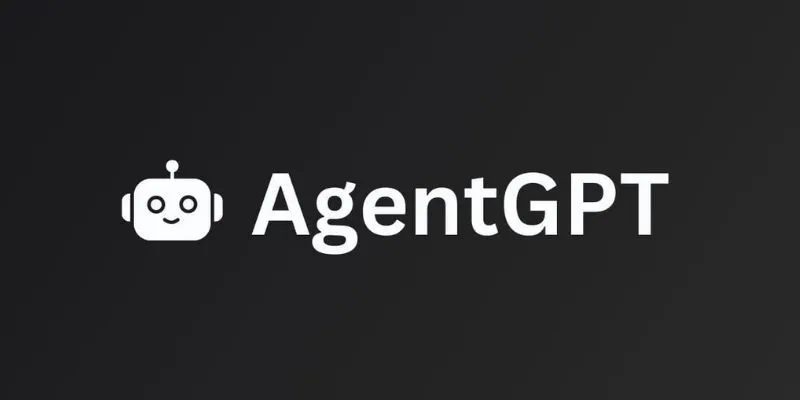Nature has an uncanny way of solving problems with elegance and efficiency, often without any central control or complete knowledge of the environment. Birds coordinate in flight, ants discover the shortest path to food, and rivers find paths of least resistance—all through simple yet adaptive behaviors. These patterns have inspired a class of computational methods known as nature-inspired optimization algorithms (NIOAs).
By imitating processes found in biology, physics, and ecology, these algorithms tackle complex problems that traditional techniques struggle with. They are valued for their adaptability, simplicity, and ability to find good solutions even in unpredictable or dynamic scenarios.
How Nature Shapes Optimization Methods
Optimization seeks the best choice among countless possibilities, often under tight constraints. Many real-world problems, such as scheduling, routing, or engineering design, are too complex for classical techniques to handle efficiently. Natural processes, refined through evolution and adaptation, can often find good solutions under harsh and changing conditions. These qualities make them a useful guide for developing algorithms.

NIOAs translate natural behaviors into iterative, computational processes. They explore the solution space by balancing two goals: discovering new areas and refining promising ones. This balance helps avoid getting trapped in poor local solutions while keeping the search efficient.
A well-known example is the genetic algorithm, inspired by natural selection. It evolves a population of solutions over generations using operations like crossover and mutation. Particle swarm optimization, another popular method, models how flocks of birds or schools of fish adjust their movements based on individual and collective knowledge. Ant colony optimization follows how ants leave pheromone trails that help them discover efficient routes. These and other NIOAs adapt their natural metaphors into mathematical strategies that can be applied to a wide variety of practical problems.
Key Principles and Working Mechanisms
Although nature-inspired optimization algorithms differ in their specific metaphors and rules, they share some common characteristics. They are usually population-based, working with multiple candidate solutions instead of a single point. This diversity allows them to search across different regions of the solution space at once and reduces the risk of converging too soon on a poor answer.
They also use randomness to maintain variety and help escape from local traps. For example, random mutations in genetic algorithms or probabilistic decisions in ant colony optimization introduce variation into the population. This keeps the search process dynamic and prevents stagnation.
Feedback and adaptation play an equally important role. Each candidate solution is assessed using an objective function, and the best performers influence the next steps. In particle swarm optimization, each agent adjusts its path by considering its own best position and the best position found by the swarm. In ant colony optimization, better paths attract more pheromones, increasing the likelihood that others will choose them.
These principles allow NIOAs to handle large, complex, and nonlinear problems. Unlike many conventional optimization methods, they do not rely on gradients or make strong assumptions about the problem structure, making them suitable for real-world scenarios where exact models are unavailable.
Applications and Strengths of NIOAs
Nature-inspired optimization algorithms are used across diverse fields, including engineering, logistics, data science, economics, and creative arts. Engineers apply them to design efficient networks, optimize structural components, and schedule production lines. Data scientists use them to tune machine learning models or find patterns in large datasets. They have also been applied to route planning for transportation, resource allocation, and even in generating artistic works.

One of their strengths is handling multi-objective problems, where several goals must be balanced. For example, a manufacturer may need to minimize cost while maximizing quality and reducing environmental impact. Algorithms like genetic and particle swarm optimization have extensions that find sets of trade-off solutions, giving decision-makers options based on their priorities.
Another advantage of NIOAs is their resilience in changing environments. Because they are adaptive and population-based, they can continue searching for good solutions even when conditions shift over time. This makes them useful for dynamic problems where the optimal answer may itself change.
NIOAs are not perfect, however. Their effectiveness often depends on parameter choices like population size, mutation rate, or iteration count, which may require experimentation to tune. They can also be computationally demanding for very large or complex problems, particularly when evaluating each candidate solution takes significant time. Researchers continue to explore ways to make them faster and more reliable, such as hybrid approaches that blend different algorithms or incorporate problem-specific knowledge.
The Ongoing Evolution of NIOAs
Nature-inspired optimization remains an active area of research, with new ideas emerging regularly. Recent algorithms have drawn on the behavior of fireflies, water flow, immune system responses, and even predator-prey dynamics. Each adds a unique perspective, addressing gaps or weaknesses found in earlier approaches.
There is also growing interest in understanding the theory behind NIOAs. While their practical success is well documented, researchers aim to better explain why and how they converge, and under what conditions they perform best. Advances in computational power and the increasing complexity of real-world problems ensure these algorithms will continue to grow in importance. Their flexibility and ability to adapt make them an attractive choice for a wide range of applications.
Conclusion
Nature-inspired optimization algorithms bring a fresh way of solving complex problems by imitating the adaptability and efficiency found in natural processes. They treat optimization as an ongoing, collective effort, allowing them to tackle challenges that traditional techniques often struggle with. Their growing use in engineering, data science, logistics, and many other fields shows how useful natural metaphors can be in practice. While they have limitations, research continues to refine and expand them, making them more efficient and applicable to new problem areas. As long as we keep learning from the natural world, NIOAs are likely to keep developing and finding their place in solving tomorrow’s problems.
For further exploration of these fascinating algorithms, consider reading the Wikipedia page on Genetic Algorithms or the Particle Swarm Optimization resource for more detailed technical insights.
 zfn9
zfn9






















